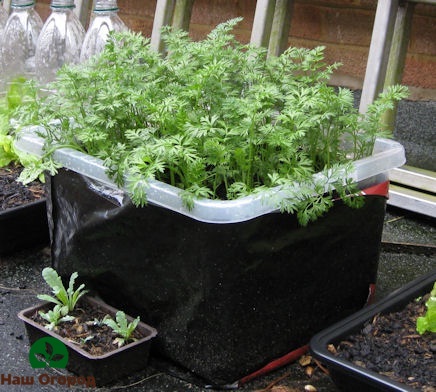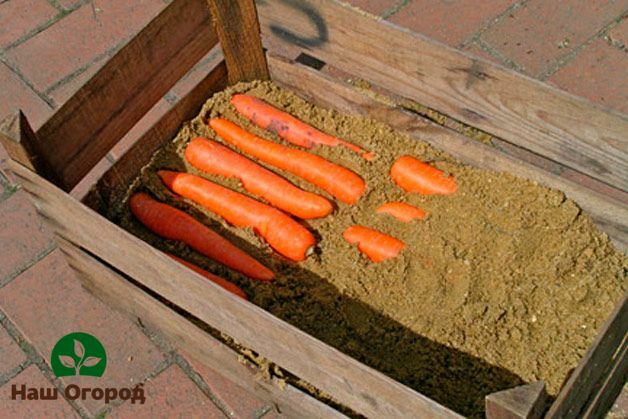We reveal the secrets of growing carrots in the garden
Content:
Growing carrots in the garden: sowing and planting
Growing carrots in the garden provides for two main types - early varieties, which are sown in spring and harvested after about 10 weeks, and late varieties, which can be sown from the end of spring and harvested at about 14-16 weeks.
The main sowing season is from late March to June. Early and late sowing will yield good yields if you can protect them with ultra-power or a bell.
Good soil preparation is essential. Rub it thoroughly to break up lumps and remove as many stones as possible. Carrots prefer light, well-drained soil that retains moisture, so add some rotten organic matter as well.
For best results, sow carrots directly into the ground. Make a shallow trench about 1 cm deep using the edge of a hoe or trowel. Sow seeds thinly along the base of the trench, 5-8 cm apart. Cover them with soil and water well with a rose watering can. You can also grow carrots in containers.
To extend the harvest period, sow the seeds sequentially at two week intervals. You can also sow several different varieties of carrots, which will be harvested at different times of the year.

Carrot care
Carrots do not require much maintenance. Strive to keep the soil around it free of weeds. However, once the carrots are actively growing, their foliage will shade most of the weeds. It should be watered occasionally, if necessary.
Growing seedlings is not only a waste of time, but it can also attract root carrot flies. This pest detects the smell of crushed foliage when you pull carrots out of the ground. Therefore, you need to try to carefully sow carrot seeds so as not to process young plants once again.
How to collect carrots
Dig up the carrots when the soil is damp, preferably after rain. If rain is not expected, but it is necessary to harvest, water the plants yourself. This will help prevent the top shoots from separating from the root crop. Water the soil again to lay it around the remaining vegetables.
How to store carrots
Carrots can be stored well in dry sand for months. Place a layer of sand in the box first, then place the carrots so they don't touch each other. Sprinkle another layer of sand on top and place the box in a cool, dry place.

Growing carrots in the garden: solving problems
Carrot fly is the most common and serious problem. Fly larvae feed on tunnels through carrots, destroying crops. Try to choose root crop varieties that are resistant to it. Alternatively, place a fine mesh barrier 45 cm high around the crops or cover with ultrasil (or other similar material). Alternating a row of carrots with a number of accompanying plants, such as onions or garlic, can help hide the scent of fresh carrot leaves.
Growing carrots in pots
If you have difficulty with space or soil type, you can get a great harvest from potted seeds. It should be at least 30-45 cm deep. Fill the pot with sifted garden soil or compost, and plant the seeds.

